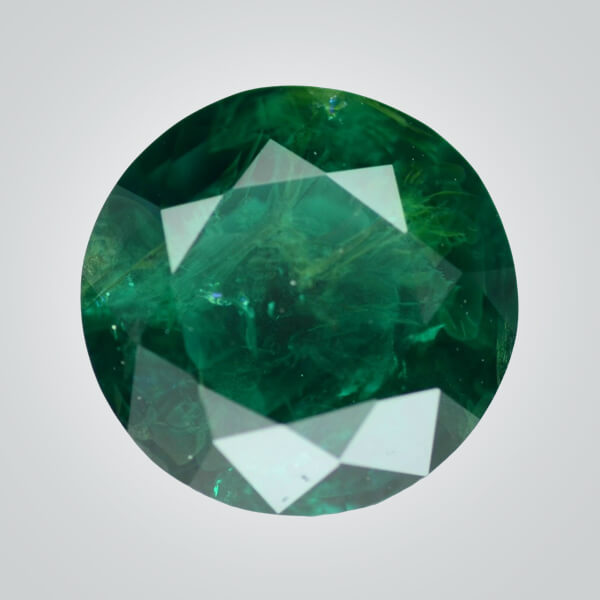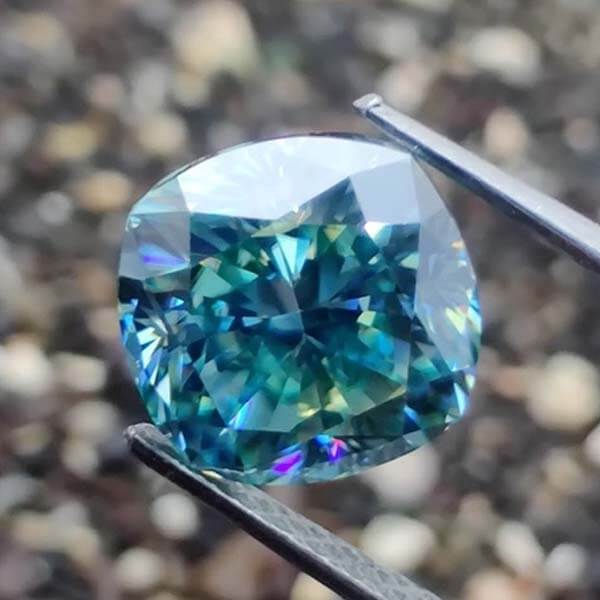The jewelry industry is awash in necklaces, rings, earrings, and other one-of-a-kind pieces made from an array of exquisite gemstones. Some are manufactured with natural stones, while others are constructed with artificial substitutes, some shining better than the original. Remember that premium artificial stones are only sometimes crafted to mislead. Furthermore, a lab-created gemstone should be considered equal in quality. See why by continuing to read!
Laboratory-Created Stone
A gemstone that has been generated in a lab and has the same chemical makeup as its natural counterpart is called a "lab-created" gemstone. This phrase is used interchangeably with "lab-grown," "man-made," or "synthetic stone" gemstones.
Natural Gemstones
Any gemstone that has not undergone any manipulation beyond mining, cutting, and polishing is considered a natural gemstone. According to most industry professionals, Natural gemstones haven't undergone any treatment to add inclusions or enhance color.
How are gemstones generated in laboratories?
These days, science and technology have progressed to the point where labs can produce jewels. There are typically two ways to imitate a gemstone.
- High-pressure, High-temperature (HPHT): This is one of the earliest techniques for lab-created gemstones. The HPHT technique mimics genuine gemstones in a lab setting with heating treatment in a fraction of the time it takes for a genuine diamond to form.
- Chemical Vapor Deposition, or CVD: Using a tiny component from a natural gemstone, gemstones are created layer by layer in a chamber using this technique.

The Distinctions Between Lab-Created and Natural Gems
The method of creation is the primary distinction between lab-created and natural gemstones. Advanced technology is used in a controlled environment to manufacture lab-created gemstones. Natural gemstones are flawed because of the processes involved in the planet's development; they are made by nature over millions of years. Fake gemstones might be useless or negatively affect the wearer, so always purchase them from a genuine dealer.
- Look: Lab-created gemstones tend to be more homogeneous in appearance and are frequently composed of less expensive elements. On the other hand, natural gemstones have distinct color, clarity, and cut variances because they are naturally created throughout time.
- Durability: lab created gemstones are often made of more robust materials and have a higher resistance to wear and tear. Natural gemstones can be more fragile and susceptible to damage depending on the gem.
- Cost: Natural gemstones are more costly since they are harder to find and must be mined from the soil. On the other hand, because they are mass-produced, lab-created gemstones are usually less expensive than genuine gemstones.
- Value: Natural gemstones are worth more due to their production method and relative rarity. They will consequently appreciate over time. On the other hand, lab-created gemstones are typically less valuable.

Fortunately, it's impossible to notice any physical differences between a lab-created stone and a natural one unless you inspect it at extremely high magnification using a specific device. The two stones' creation processes and values exhibit the most disparities.
To sum up
You must decide whether lab-created or genuine gemstones are the better choice. If you're seeking inexpensive gems, lab-created gemstones are a good choice. On the other hand, Buy Natural Gemstones if you're searching for something unique, priceless, and precious.
When purchasing it as an investment, a crucial distinction becomes apparent. When you sell a natural diamond, you get back half of what you paid initially. Nevertheless, lab-created diamonds are worthless and cannot be sold.





.jpg)
Comments